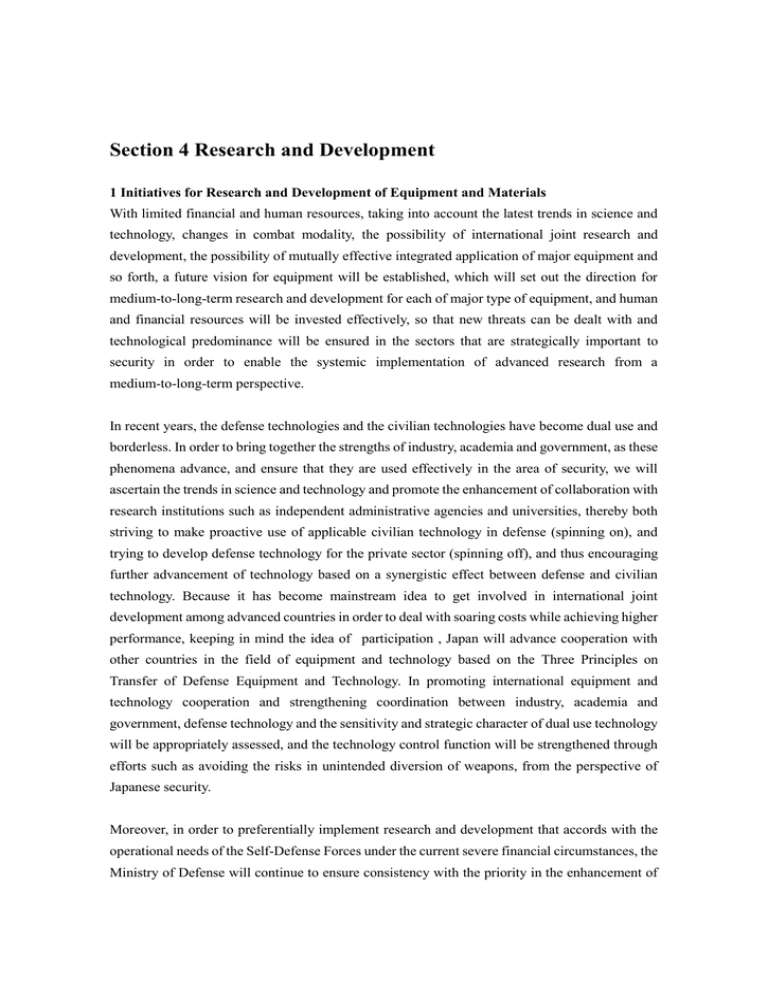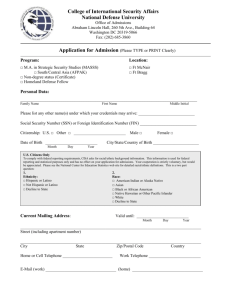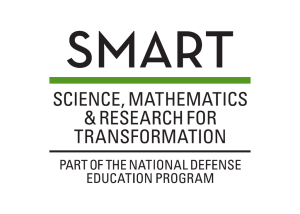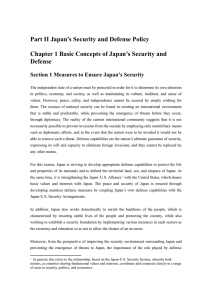Section 4 Research and Development
advertisement

Section 4 Research and Development 1 Initiatives for Research and Development of Equipment and Materials With limited financial and human resources, taking into account the latest trends in science and technology, changes in combat modality, the possibility of international joint research and development, the possibility of mutually effective integrated application of major equipment and so forth, a future vision for equipment will be established, which will set out the direction for medium-to-long-term research and development for each of major type of equipment, and human and financial resources will be invested effectively, so that new threats can be dealt with and technological predominance will be ensured in the sectors that are strategically important to security in order to enable the systemic implementation of advanced research from a medium-to-long-term perspective. In recent years, the defense technologies and the civilian technologies have become dual use and borderless. In order to bring together the strengths of industry, academia and government, as these phenomena advance, and ensure that they are used effectively in the area of security, we will ascertain the trends in science and technology and promote the enhancement of collaboration with research institutions such as independent administrative agencies and universities, thereby both striving to make proactive use of applicable civilian technology in defense (spinning on), and trying to develop defense technology for the private sector (spinning off), and thus encouraging further advancement of technology based on a synergistic effect between defense and civilian technology. Because it has become mainstream idea to get involved in international joint development among advanced countries in order to deal with soaring costs while achieving higher performance, keeping in mind the idea of participation , Japan will advance cooperation with other countries in the field of equipment and technology based on the Three Principles on Transfer of Defense Equipment and Technology. In promoting international equipment and technology cooperation and strengthening coordination between industry, academia and government, defense technology and the sensitivity and strategic character of dual use technology will be appropriately assessed, and the technology control function will be strengthened through efforts such as avoiding the risks in unintended diversion of weapons, from the perspective of Japanese security. Moreover, in order to preferentially implement research and development that accords with the operational needs of the Self-Defense Forces under the current severe financial circumstances, the Ministry of Defense will continue to ensure consistency with the priority in the enhancement of defense capabilities, based on cost-effectiveness when commencing research and development. From the perspective of optimizing the performance, scheduling, and cost throughout the lifecycle of equipment, analysis and comparison with multiple proposals, in terms of performance and cost and so forth will be thoroughly conducted at the concept, research and development stages, in addition to which, a system within which the Technical Research and Development Institute and Equipment Procurement and Construction Office will cooperate on cost estimates will be implemented from the development stage, as a part of the life cycle management, thereby avoiding a rise in the unit price for mass production of equipment. 2 TRDI Initiatives The Technical Research and Development Institute makes highly promising technical proposals based on advanced research and technology seeds that correspond to the needs of the Self-Defense Forces while adopting advanced technology to develop, prototype, test and evaluate equipment such as maneuver combat vehicle, heavy weight torpedo (G-RX6) and new air-to-ship missile (XASM-3). An example that addresses the needs of the forces is a research on technology for building cyber training environments, which is one of the “operational verification research,”1, development ongoing since 2002. It aims to verify the results of measures to deal with cyber-attack. Moreover, from the perspective of joint operation, TRDI has been engaged in developing high-performance digital data link systems integrated on fighter aircrafts such as F-2 fighters to realize organized fighting by networking forces through tactical information sharing. It has also been engaged in researches (“operational verification research”) such as research on application of wireless secret communication function between the Ground, Maritime and Air Self-Defense Forces using software defined radio technology over already developed field communication network. Furthermore, in order to improve air defense capability, TRDI has been promoting technological considerations on future surface-to-air missiles as well as strategic considerations (including demonstration research) on future fighters so that the fighter-related technology can be compiled and advanced within Japan and the development (including the possibility of international joint development) of fighters can be taken into account as an option before the retirement of F-2 fighters. Specifically, in order to ensure stealth, high-altitude and high-speed fighting capability, 1 Research to design or prototype the equipment with new functions for each of the Self-Defense Forces, etc. The performance of the equipment etc. is decided while taking the opinions of users of the equipment into account. The research makes it possible to appropriately and timely adopt science and technology, which is dramatically developing, enabling swift fabrication. research on fighter engines with high thrust has been conducted using cutting-edge materials technology. Research on the advanced technology demonstrator aircraft, a high-mobility stealth fighter, to which each of the advanced systems of the fuselage and engine are integrated2 is also underway. In order to enhance warning and surveillance capability, development of radio wave information-gathering aircrafts, as well as research on sonar to which its detection capability is enhanced through the simultaneous use of multiple sonar, along with a new fixed warning and control radar are being conducted. Furthermore, research on unmanned equipment that can be used flexibly at times of various contingencies including large-scale disasters. In addition to above, in order to detect ballistic missiles at their launching stage, TRDI has been conducting research on infrared sensors that can be integrated on patrol aircraft. The results of this research are now being utilized in the development of the systems-integration technology necessary to realize a ballistic missile warning and surveillance system which is integrated on unmanned patrol aircraft with downsized infrared sensors. Furthermore, in order to detect threats in the airspace such as stealth fighters, high-speed cruise missiles, and ballistic missiles at an early stage from distant place, research is ongoing on a radar-IR combined sensor which organically combines different sensors, namely radar and infrared sensors. 3 Technological Cooperation with Institutions Overseas and Within Japan International joint development has become mainstream s within the international community to respond to soaring costs while achieving higher performance in defense equipment. Similarly, the Ministry of Defense is engaged in joint research and development with the U.S. Department of Defense, as well as making progress in its cooperation with other nations, such as the United Kingdom, in the field of equipment and technology. Moreover, as defense technology and civilian technology have become dual use and borderless, technological information exchange and research collaboration between TRDI and research institutions such as independent administrative agencies and universities, is being proactively implemented within Japan, in order to ensure that superior civilian technology is incorporated and efficient research and development is conducted. In strengthening cooperation between industry, academia and the government, and driving international cooperation in equipment and technology, the sensitive and strategic aspects of defense and dual use technology are to be assessed appropriately, and the technologies that should be protected as a “strength” of Japan are to be protected At the same time, it is necessary to 2 To build a system under which individual equipment components are combined, to ensure the maximum capability of equipment as a whole. strengthen the technology control function, for example, in avoiding the risks of unintended diversion of weapons from the perspective of Japan’s security. In ways ahead, collaboration with the Ministry of Economy, Trade and Industry will be promoted, and efforts will be made to contribute to strict examinations and appropriate control, as per the Three Principles on Transfer of Defense Equipment and Technology. In order to do so, a section was established in FY2014 to take responsibility for this. See ▶ Fig. IV-1-4-1 (Cooperation with the U.S., other countries and domestic research institutions)






